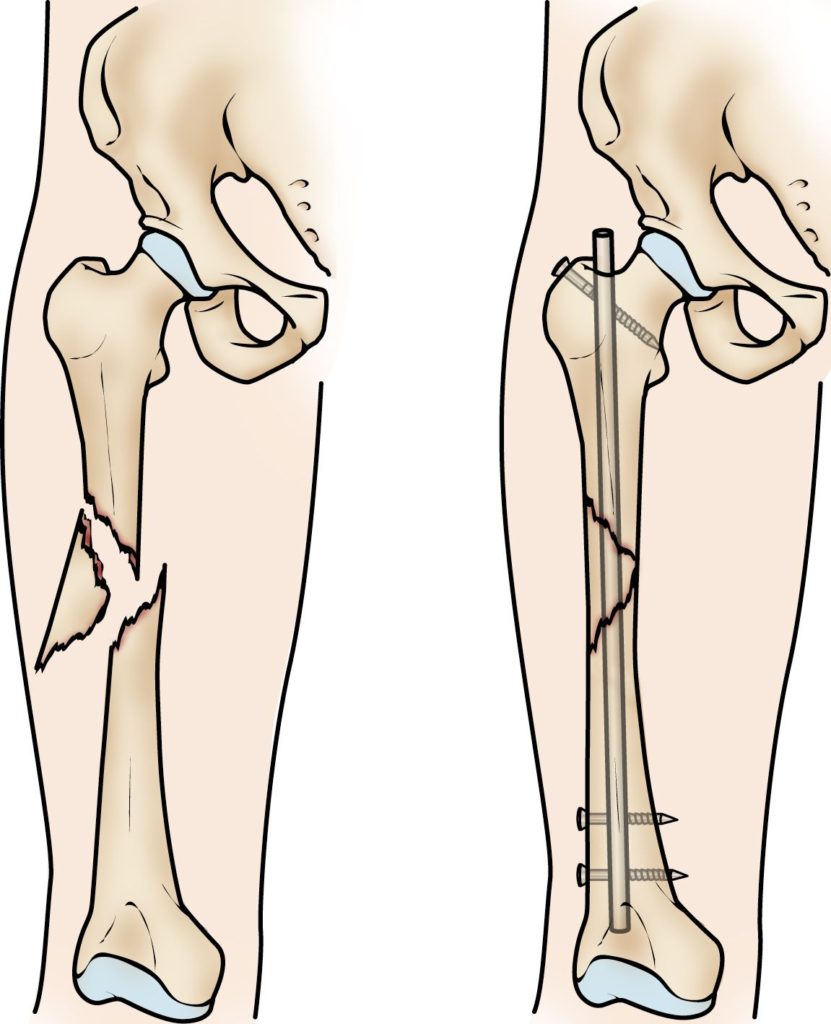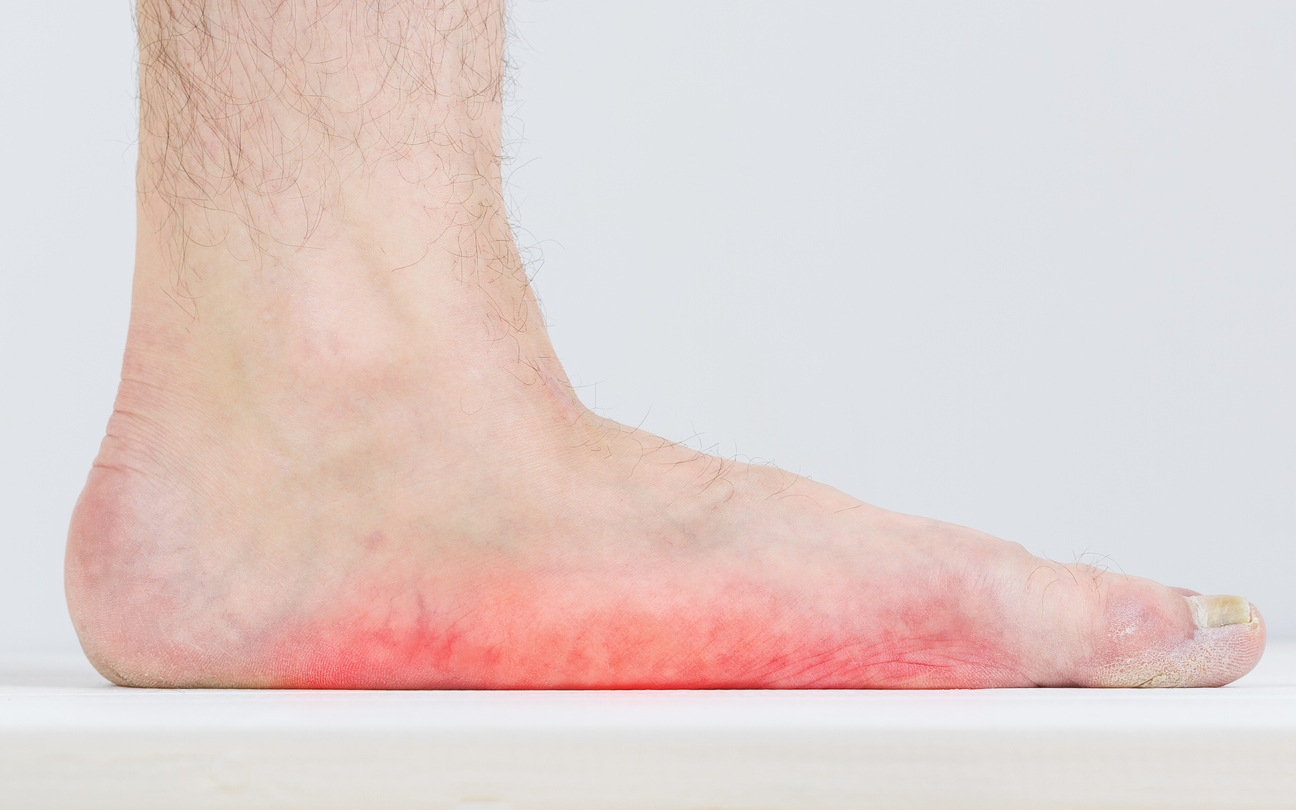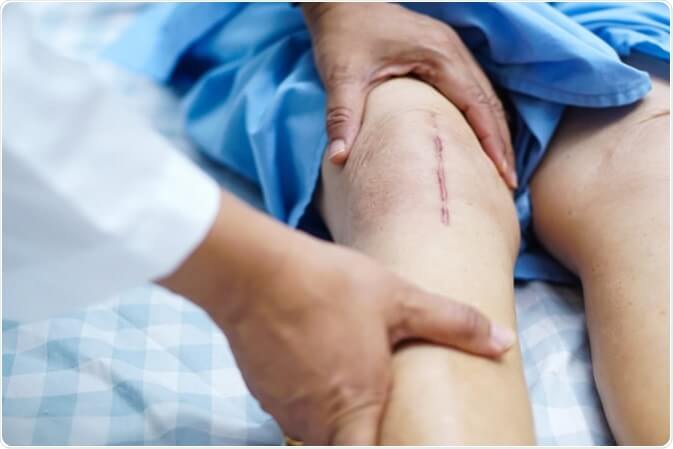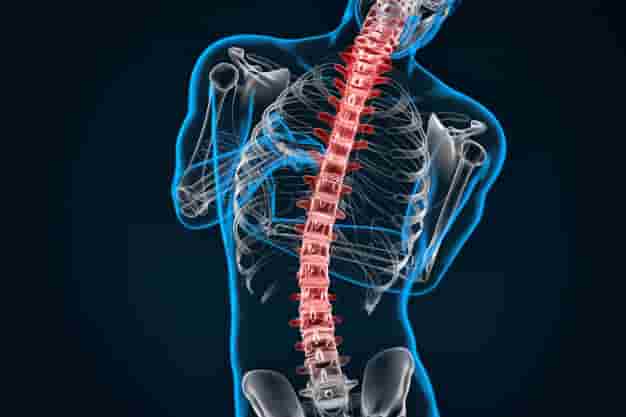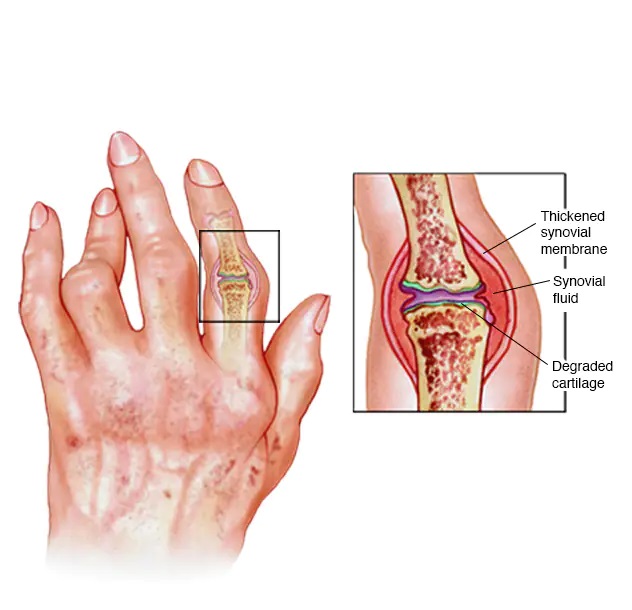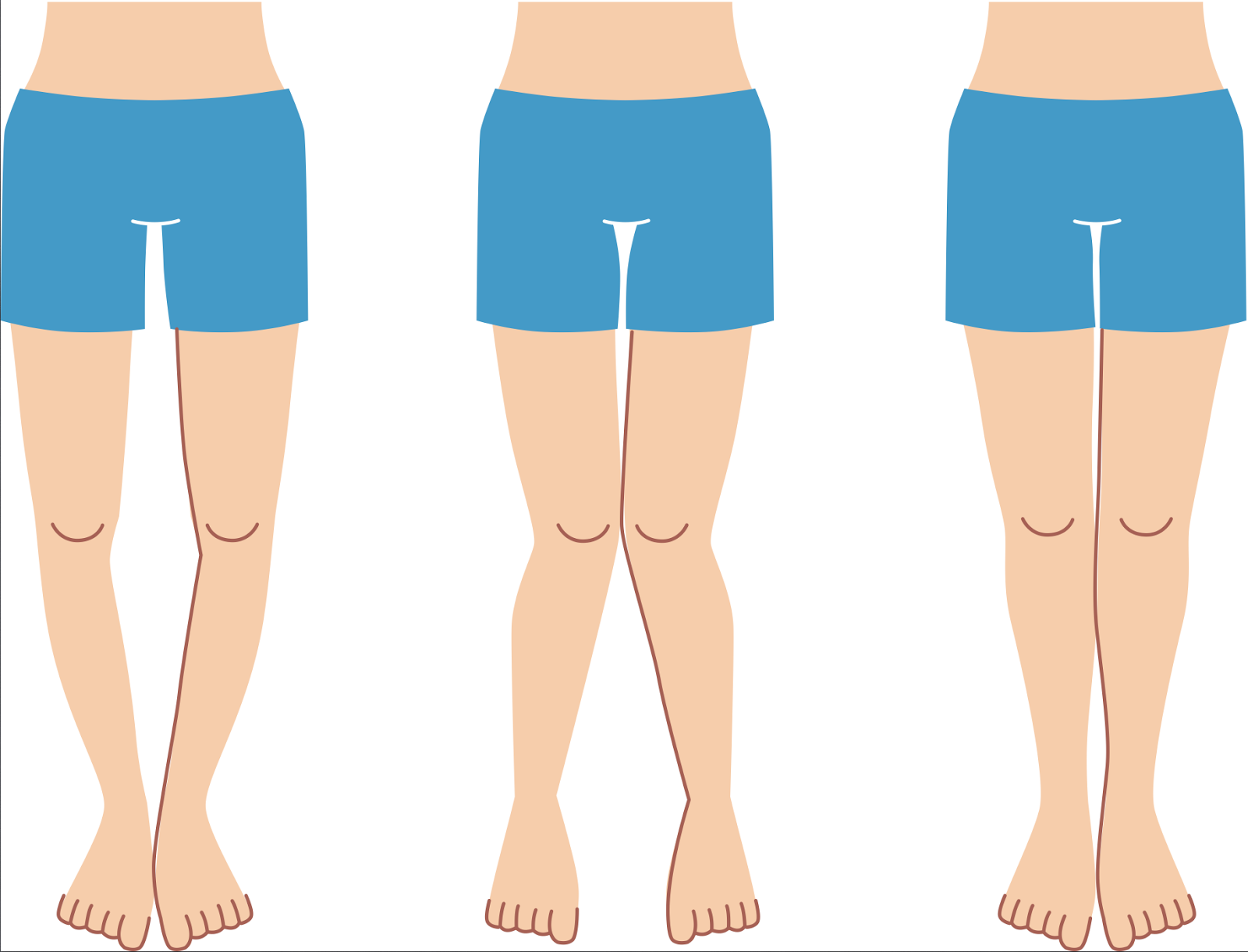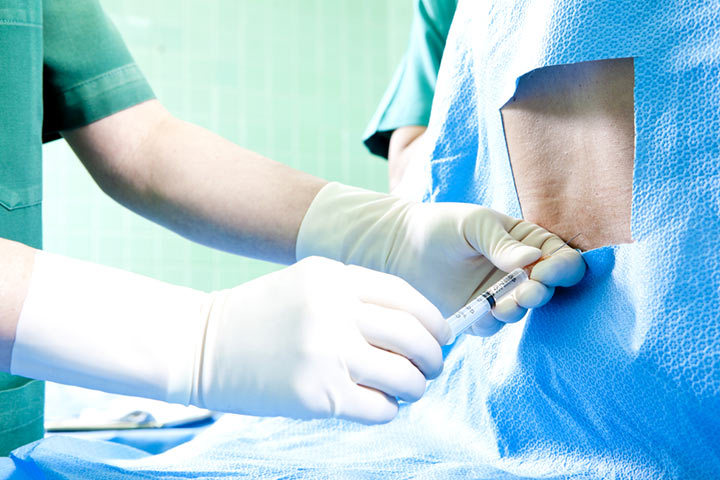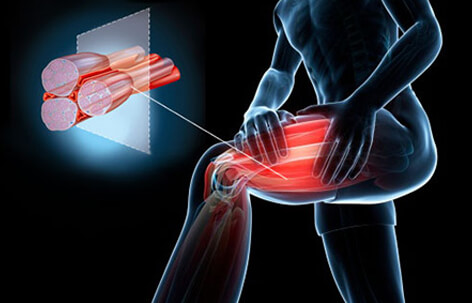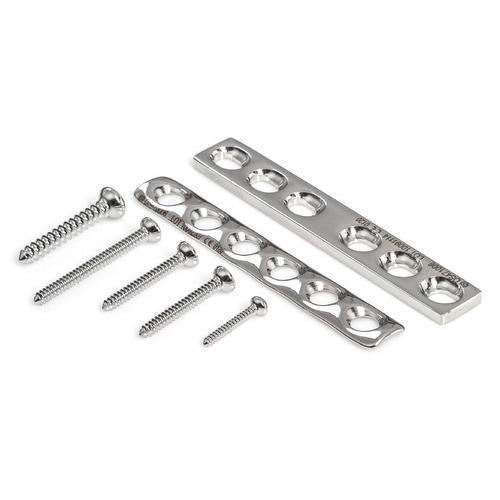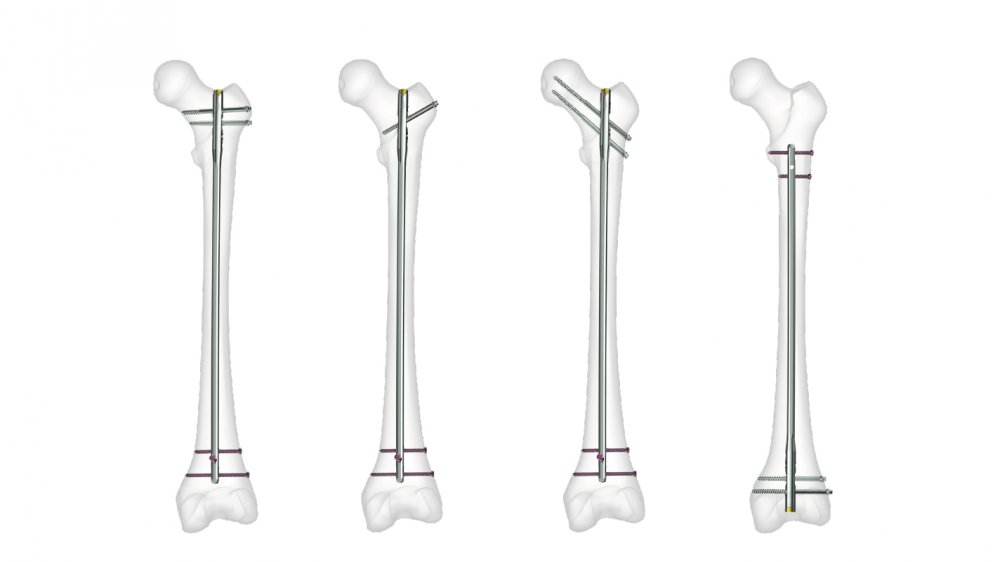Let’s learn about flatfoot surgery for children and its expected success rates
Flat foot surgery for children is one of the important and distinctive operations that can work to treat many problems that may appear in many children at a basic stage in their lives. This surgery can save them from any problems that may occur to them in any case. In this article, we will learn a lot of important information about this surgery, so follow us.
Flat Foot Surgery for Children
Children suffering from flat foot can be a challenging and enduring experience for the affected individual, as flatfoot disease is a disorder that affects the feet and can cause difficulty in walking and inability to feel things normally. This disease can greatly affect a person’s life and mobility. Therefore, we will try to explain to you as much information as possible about this surgery in detail. For more information on flatfoot, we advise you to read the following article.
What is flat foot surgery?
Flat foot surgery is a surgical procedure performed to treat flatfoot problem or what is also known as fallen arches. Flatfoot is considered a condition characterized by loss of the natural arch in the foot, making the foot flat on the ground when standing. Flatfoot can cause problems like pain, swelling, foot weakness, and joint problems. After surgery, the patient must follow the surgeon’s instructions and physiotherapy program to ensure proper healing and obtain the best possible results.
Who is a candidate for flat foot surgery?
Flat foot correction surgery is a corrective surgical procedure used to treat flatfoot problem. Candidates for this type of surgery are those who suffer from severe flatfoot disease or have serious symptoms that affect their quality of life and have not responded adequately to other treatments. These individuals include:
- Those who have severe foot, ankle or leg pain due to flatfoot that greatly affects their quality of life.
- If flatfoot leads to deterioration in foot function, such as difficulty walking, jumping, or playing sports, surgery may be suggested to improve function.
- If flatfoot leads to joint problems such as arthritis or joint erosion, the person may be directed towards surgery to avoid future complications.
- If non-surgical treatments such as special shoes are not enough to relieve pain and improve function.
- If flatfoot causes balance and increased fall problems.
Steps of Flat Foot Correction Surgery
It is important to know that flat foot correction surgery is a procedure aimed at restoring the natural arch of the foot and correcting the affected bones, tendons and blood vessels due to flatfoot disease. The general steps of flatfoot correction surgery include:
- The patient is sedated generally or locally as assessed by the surgeon.
- The surgeon makes a surgical incision on the top or side of the affected foot. This incision allows access to the bones, tendons and blood vessels.
- Misshapen bones in the foot are osteotomized to reshape the natural arch. In some cases, part of the bone may be removed to correct the deformity.
- Affected tendons are corrected and reinforced, including tightening and fixing foot tendons.
- Pins or surgical wires may be used to fix bones in their new position after correction.
- Advanced techniques to reconstruct the natural arch of the foot may be used.
- The surgical incision is closed for sterilization purposes.
- After surgery, the patient’s foot may be placed in a cast or special molds to aid healing.
Pre-Op Steps for Flat Foot Correction
Before undergoing flat foot correction surgery, some steps should be taken to ensure the surgery is successful and safe. Here are some steps and procedures that may be part of preparing for the procedure:
- The process begins by speaking with an orthopedic surgeon or podiatric surgeon specialized in flatfoot disease. The doctor will evaluate your condition and discuss treatment options including if surgery is appropriate for you or not.
- You will need to undergo some medical tests and examinations before surgery. These usually include x-rays to assess foot structure and determine the degree of flatfoot, and may also include blood tests and other evaluations.
- You should discuss surgical options and post-op expectations with the surgeon. You need to fully understand what can be expected from the surgery including the extent of foot improvement and recovery time.
- Some medications may need to be stopped before surgery, especially those that can affect blood clotting. This should be discussed with the surgeon and their guidance followed.
- Prepare for the surgery by fasting from food and drink for a set period before the procedure. The doctor will provide specific fasting instructions and timing.
- Mentally prepare for the surgery and recovery period. Surgery can be challenging so you need to be ready for the procedure and healing process overall.
- You may need to arrange transportation to and from the hospital and assistance with home care after surgery. Ensure you have help and support.
Recovery After Flat Foot Surgery
It is important to know that the recovery process after flatfoot correction surgery depends on several factors, including the type and severity of surgery, the patient’s condition, and more. Here is an overview of what you can expect during the recovery period:
- A stabilizing brace may be needed to support the operated foot.
- Crutches or a walking aid may be required.
- Swelling and pain are regularly assessed and medication may be prescribed by the surgeon for pain and inflammation relief.
- Starting from the first 2 weeks after surgery, physiotherapy sessions may begin to strengthen surrounding muscles and regain normal foot motion.
- Physiotherapy can help improve your balance and stability.
- Keep the operated foot clean and dry. Follow surgical wound care instructions if applicable.
- Avoid placing excess pressure on the operated foot. Avoid strenuous physical activities early on.
- It may take a few weeks to a few months to return to regular daily activities depending on the person’s condition and type of surgery.
- Do not return to strenuous athletic activities or activities that excessively load the foot until cleared by your doctor.
- Regular follow-up with the surgeon is important to assess healing progress and address any arising issues.
- The surgeon may direct additional measures or treatment modifications.
Flat Foot Surgery Success Rate
Foot treatments like flatfoot surgery, flat foot correction, and others are of the distinctive types that can potentially have high success, healing and recovery rates. Therefore, it is very important to provide the highest possible level of care for the patient to ensure rapid recovery. Many doctors confirm that recovery rates from this surgery and ensuring its success can exceed 98%.
Post Flat Foot Surgery Tips
After undergoing flatfoot correction surgery, it is important to follow the surgeon and medical team’s instructions to ensure proper healing and achieve the best results. Here are some general tips for after flatfoot correction surgery:
- You may be instructed to refrain from placing weight on the treated foot for a specified period of time after the procedure. You should precisely adhere to those instructions.
- In the initial period after the procedure, you may need to use crutches or walking assistance until you regain foot strength and confidence.
- You will usually be directed to physiotherapy sessions to strengthen foot muscles and regain normal motion. Carefully follow physiotherapy instructions and perform recommended home exercises.
- Use comfortable, appropriate shoes that support the foot and new arch. Custom orthotics or inserts may be needed.
- The surgeon or doctor may prescribe pain or inflammation relief medication after surgery. Follow prescribed dosages and timing precisely.
- Eat a nutrient and vitamin-rich diet to aid the healing process.
- Carefully monitor the treated foot. Contact your doctor immediately if you notice any abnormal changes like severe redness, swelling or excessive pain.
- Keep scheduled medical appointments and regularly communicate with your surgeon or medical team.
- Avoid activities that excessively load the treated foot such as running or jumping until cleared by your surgeon.
- There may be specific guidance based on your personal condition. Consult your doctor regarding any recovery and treated foot care queries. For more information on flatfoot types, we advise you to read the following article.
Flat Foot Surgery Cost
The cost of flat foot surgery is one that can vary significantly from place to place and from case to case, based on the progression of flatfoot itself. Therefore, determining a fixed price for the procedure is almost impossible. However, despite this, many doctors and specialists confirm that the price of this surgery may range between 20,000 to 50,000 Egyptian pounds.
Expected Results After Flat Foot Surgery
The results of flatfoot correction surgery can vary from person to person and depend on several factors, including the severity and type of flatfoot disease, how the surgery is performed, and follow-up care after surgery. However, here are some generally expected results after flatfoot correction surgery:
- The surgery aims to repair the foot and restore its natural arch. After surgery, the foot may become straighter and improved in shape and function.
- Flatfoot correction surgery often helps reduce pain and tension in the foot. People who had chronic foot pain can greatly benefit from this procedure.
- After the procedure and recovery period, people can improve their ability to walk and move in general.
- Correcting flatfoot can reduce the risk of potential complications of flatfoot disease such as joint pain, tendon and nerve strain.
- Overall, the surgery can help improve quality of life for a person with flatfoot disease, allowing them to perform daily activities better and more comfortably.
What are the complications of flatfoot?
As we have explained before, flatfoot disease or fallen arches is a condition characterized by a decrease or lack of the natural arch in the foot arch, making the foot appear flatter and less upright than a normal foot. Long-term complications of flatfoot disease can develop if left untreated or ignored. Some of the most common complications include:
- People with flatfoot may suffer from foot pain, especially in the heel and arch areas. This pain can increase in severity over time.
- Arthritis can develop in the foot joint due to excessive pressure on the joints from lack of a natural shock-absorbing arch.
- Flatfoot disease can cause difficulty walking and moving normally, affecting the person’s quality of life.
- Due to the change in foot structure, weights and pressures on the knee and hip joints may increase, raising the chance of pain and damage in these joints.
- Flatfoot can lead to changes in body posture and alignment, which can cause problems in the back, hips and knees.
- Sometimes flatfoot can affect the other foot as weight distribution and pressure on the feet changes.
My Experience with Flatfoot
The owner of this experience emphasizes his long-term suffering from flatfoot. Ramez from Cairo confirms that he suffered from flatfoot which caused him much embarrassment and pain for a long time in his life, resulting in many difficult problems for him in the simplest situations. Until he decided to have the surgery done by Dr. Amr Amel, it was the best decision for him. Indeed, the surgery date was determined and performed. Ramez talks about the surgery afterwards and confirms that he now feels much improvement and a distinctive difference in movement and walking.
He emphasizes that it was not easy at first, and to alleviate the symptoms, the orthopedic doctor Dr. Amr Amel advised him to have physiotherapy, guidance and direction for all possible treatments for flatfoot disease, in addition to using custom shoes and foot muscle strengthening exercises, which greatly corrected the structure of the foot.

